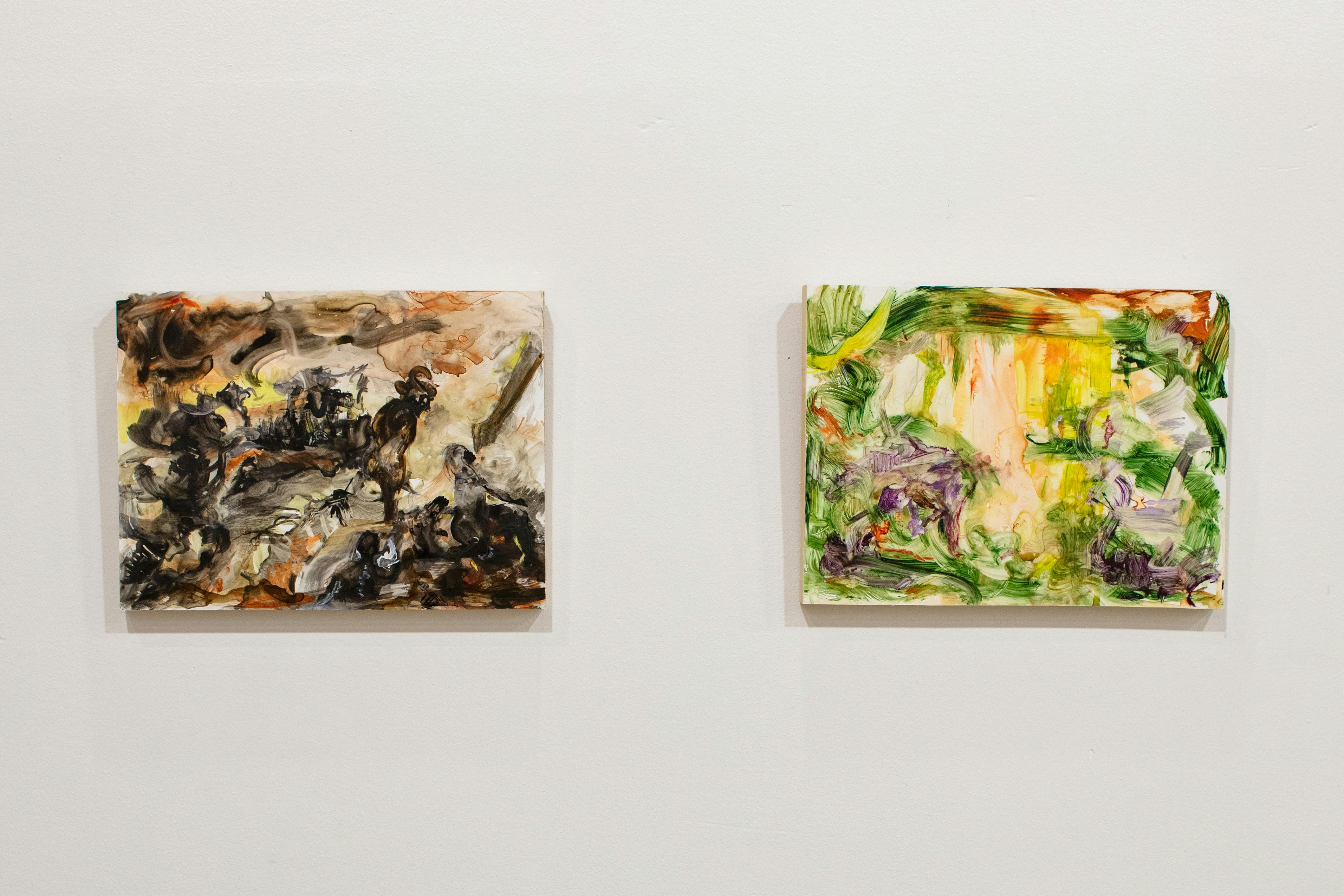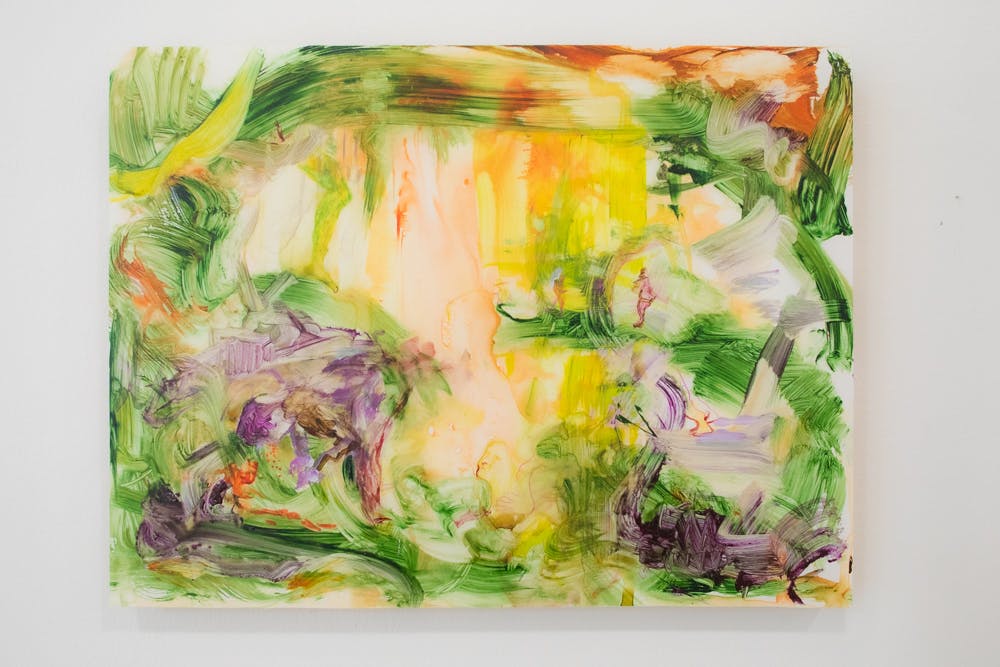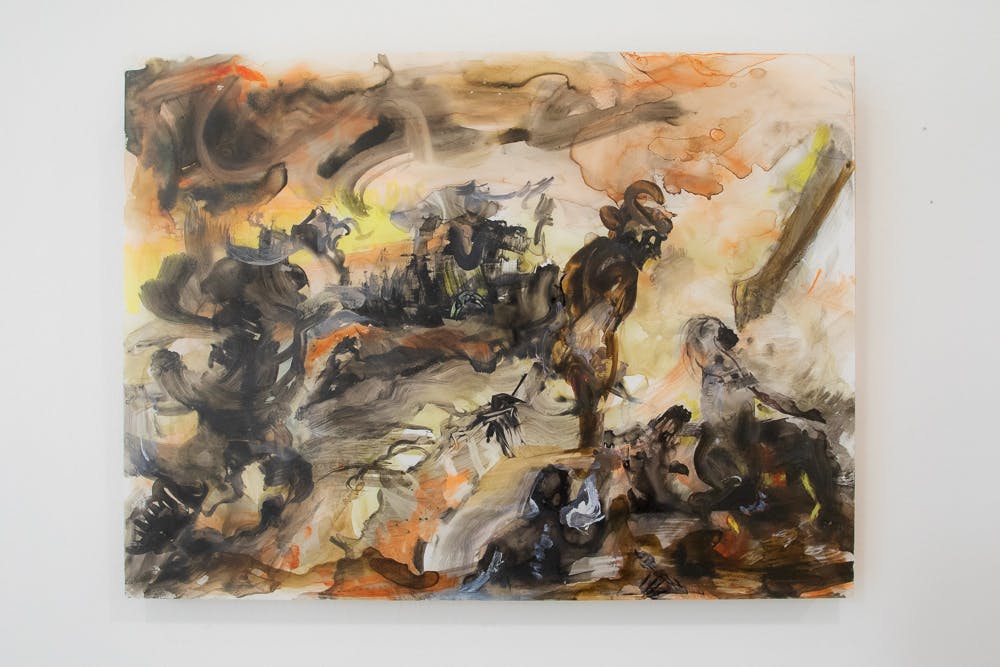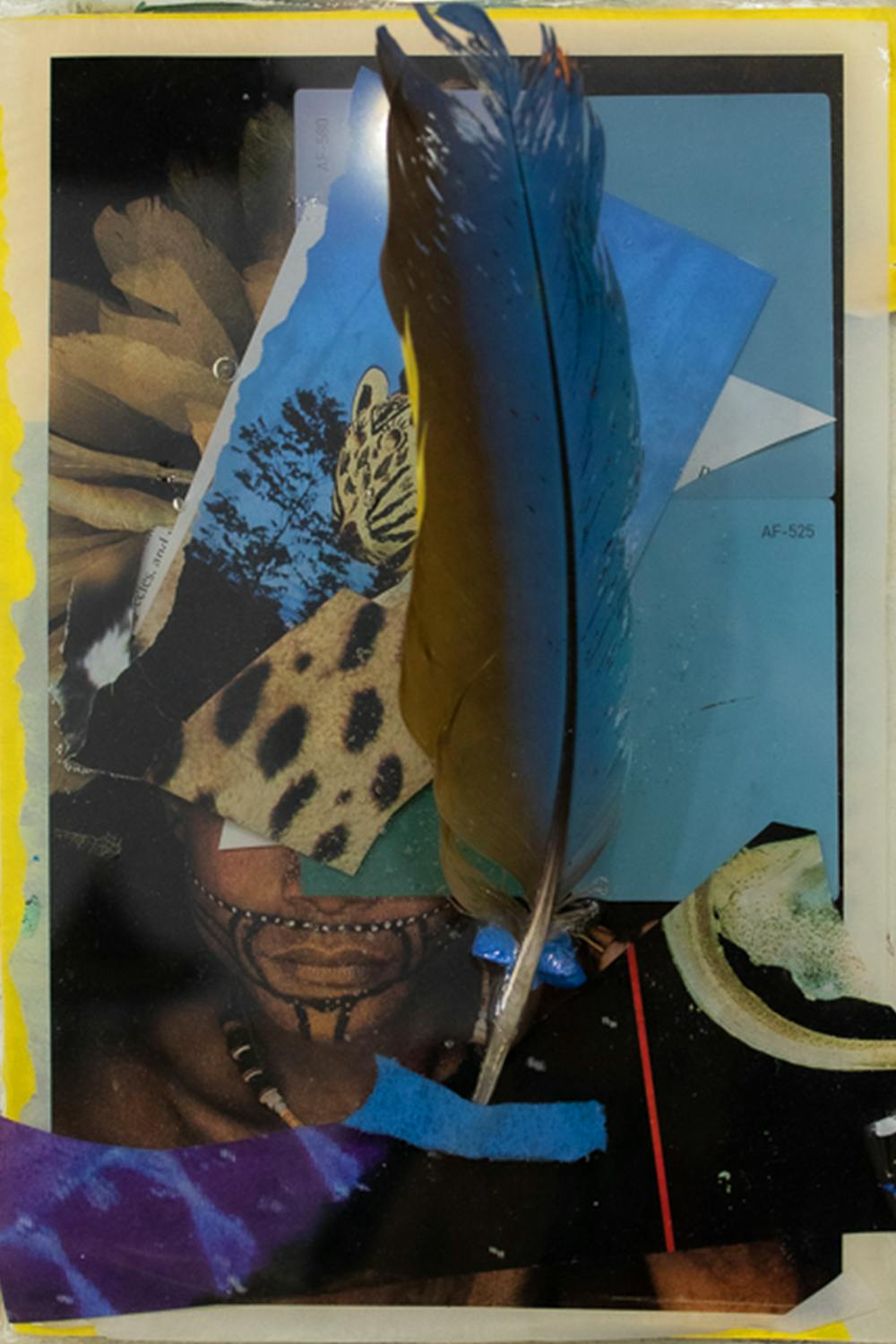Saba Farhoudnia was born in Tehran, Iran in 1987. Her work is about the human condition in today’s world, with a precarious present and insecure future.

I started to critically review the American continent’s history when I was sheltered in my apartment because of pandemics. About 400 years ago, the first group of slaves was brought to the USA. Their presence brought success to the United States because of their free labor. It is impossible to understand the economy of the United States today and the role of capitalism without understanding the role of slavery, especially in agriculture. The profits from cotton, for example, helped propel the United States into a position as one of the leading economies in the world. The slaves were forced to work, and the labor of each slave was tracked daily, and those who did not meet their assigned picking goals were brutally beaten, sometimes until death. We all are in the most powerful country in the world today because of their free work, but their recognition is no more than injustice, discrimination, and marginalization. These two paintings represent a burned cotton farm, the land that many slaves had been bitted and died, and a colorful paradise where they are merged with a garden of Eden and are not recognized by the color of their skin or race.
Saba has earned her Bachelor of Fine Art in Painting and her first Master of Art from The University of Science and Culture in Tehran, Iran. She received her second MFA in Painting from the LeRoy E.Hoffberger School of Painting at the Maryland Institute College of Art (MICA) in Baltimore. Farhoudnia has been exhibiting her paintings across the Caribbean, Europe, Middle East, and the United States. Her work has been published in magazines such as Art Scope Magazine, Thalia Magazine, Studio Visit Magazine, and Words Without Borders. She is a 2020 alumnae of the Artist In the Marketplace ( AIM) program at The Bronx Museum of the Arts. She currently works and lives in New York City.


